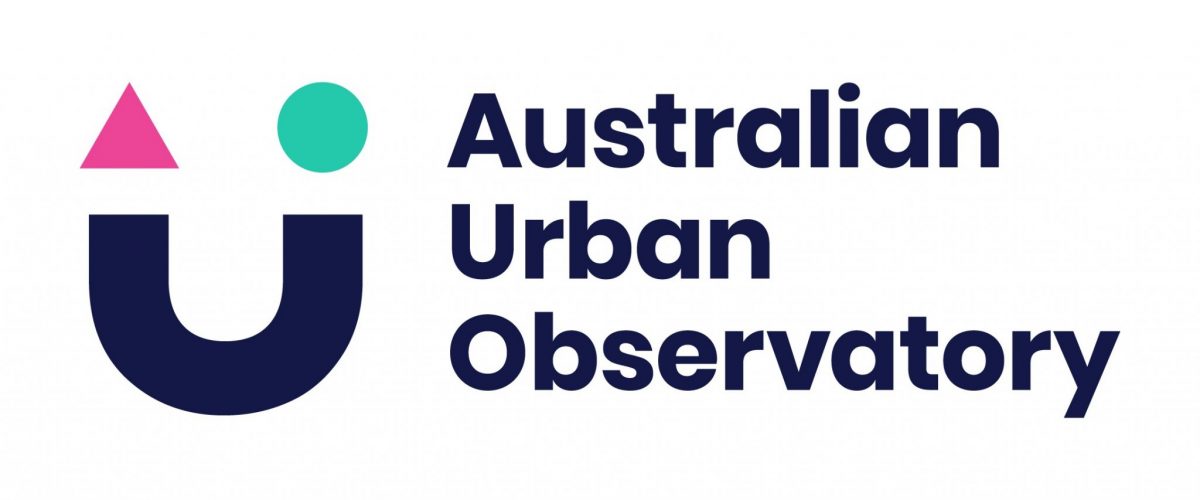The Australian Urban Observatory launched in Feb. 2020. This ground-breaking digital platform is set to transform how we map liveability in Australia. Register now to view FREE liveability indicators across LGAs!

The Australian Urban Observatory is a digital platform that transforms complex urban data into easily understood liveability maps across Australia’s 21 largest cities. The Observatory draws on over 8 years of policy-relevant research by the Healthy Liveable Cities Group.
The Observatory maps key liveability indicators found to be associated with health and wellbeing, and provides a clear understanding of the liveability of cities. The Observatory provides information and understanding to support resource allocation, future policy action and support to create equitable, healthy and liveable places.
Our aim is to share the knowledge gained through our research with residents and decision makers to improve health and liveability across communities.
Learn More
Download our Knowledge Sharing Guide here to see some examples of AUO applications and impact that the Australia Urban Observatory has made on communities. The guide contains a selection of reports developed by and/or with our industry partners in local, state and federal government, health planning, policy, applied research and advocacy. We have also made available some guidance notes and tools such as our City Scorecards and Transport Health Assessment Tool.
Support Us
The Australian Urban Observatory is a not-for-profit platform. Access to liveability indicators is FREE for Local Government Areas. Access to liveability indicators for Suburbs and Neighbourhoods is only available to those who become a Funding Partner of the Observatory. All partner funding is reinvested back into further development of the Observatory, ongoing updates and improvements and new liveability indicators. This will enable the long-term sustainability of the platform and measure and monitor progress in liveability in Australian cities over time.
For more information visit our webpage at: auo.org.au or contact us at E: auo@rmit.edu.au
Foundation Funding Partners and Supporters
We gratefully acknowledge support from the following funders and research partners:
- National Health and Medical Research Council (NHMRC) supported Centre of Research Excellence in Healthy Liveable Communities;
- Clean Air and Urban Landscapes Hub (CAUL) of the National Environmental Science Program;
- NHMRC funded The Australian Prevention Partnership Centre (TAPPC) and its funding partners including VicHealth and SA Health;
- RMIT University and the Urban Futures ECP;
- Australian Urban Research Infrastructure Network (AURIN);
- The National eResearch Collaboration Tools and Resources (Nectar) cloud infrastructure and Australian Research Data Commons (ARDC).






